In the shadowy corners of our world, nature continues to surprise us with remarkable adaptations that often go unnoticed by the naked eye. Among these hidden wonders is a fascinating arachnid discovery – certain non-venomous spiders that exhibit an ethereal glow when exposed to ultraviolet light. This phenomenon, known as fluorescence, transforms ordinary-looking spiders into spectacular creatures that seem almost otherworldly. Unlike the feared venomous species that often capture public attention, these harmless glowing spiders represent a perfect intersection of beauty and scientific intrigue, demonstrating how much remains to be discovered even in common species that share our environments.
The Discovery of Fluorescent Spiders
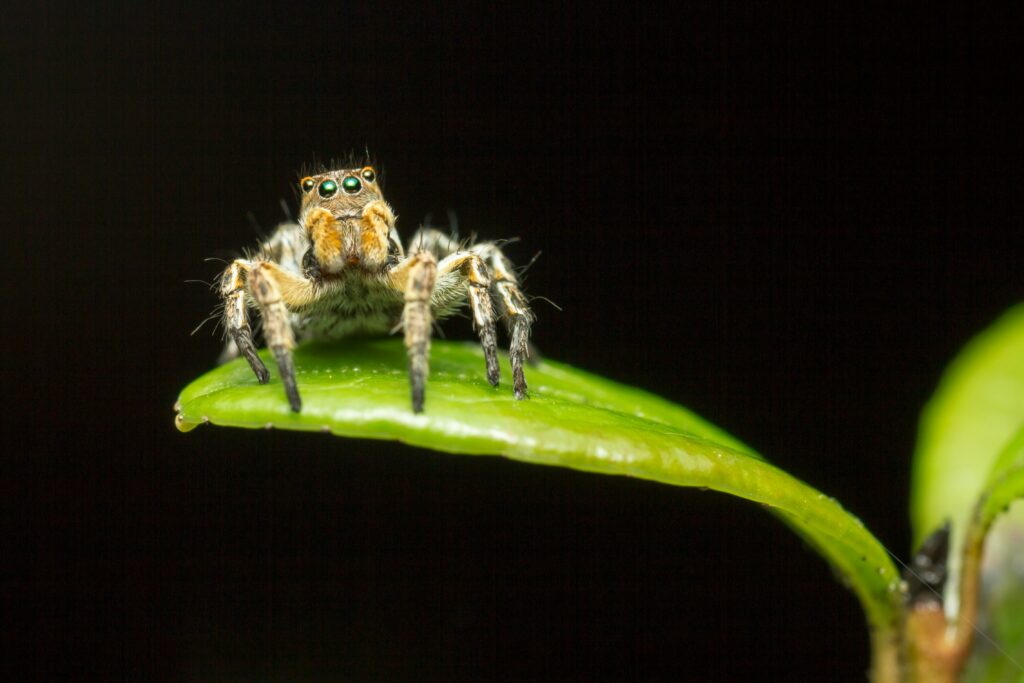
The remarkable discovery that certain spider species possess fluorescent properties came as a surprise to researchers studying arachnids. In 2007, Dr. Peter Bryant at the University of California, Irvine, accidentally observed this phenomenon while examining spiders with a UV flashlight during nighttime fieldwork. His initial observation led to systematic studies that revealed numerous species exhibiting this characteristic glow. What began as a chance discovery has evolved into a fascinating field of research, with scientists across the globe documenting various spider species that fluoresce under ultraviolet light. This discovery challenges our understanding of spider biology and raises intriguing questions about the evolutionary advantages of fluorescence in these eight-legged creatures.
Meet the Fluorescent Yellow Sac Spider
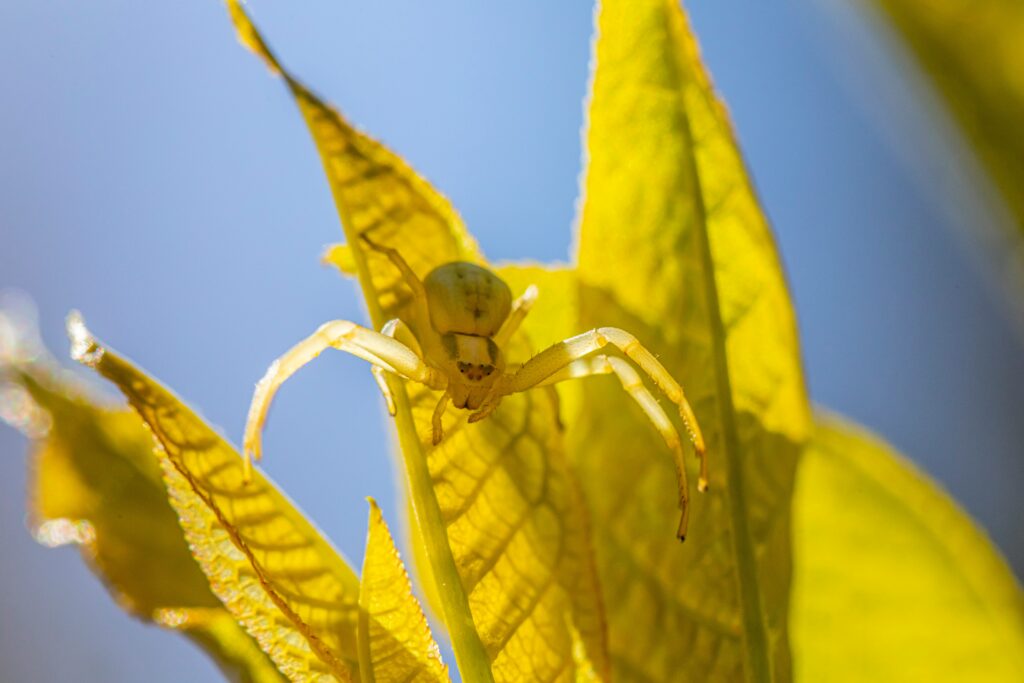
Among the most notable fluorescent arachnids is the Yellow Sac Spider (Cheiracanthium inclusum), a non-venomous species commonly found in homes throughout North America. This small, pale-colored spider typically measures between 5-10mm in length and appears unremarkable under normal lighting conditions. However, when illuminated with UV light, the Yellow Sac Spider transforms dramatically, emitting an intense blue-green glow that outlines its entire body. Despite its startling appearance under UV conditions, this spider is generally harmless to humans, though its bite may cause mild irritation similar to a bee sting. The Yellow Sac Spider serves as an excellent example of how ordinary-seeming creatures can harbor extraordinary biological properties.
The Science Behind the Glow
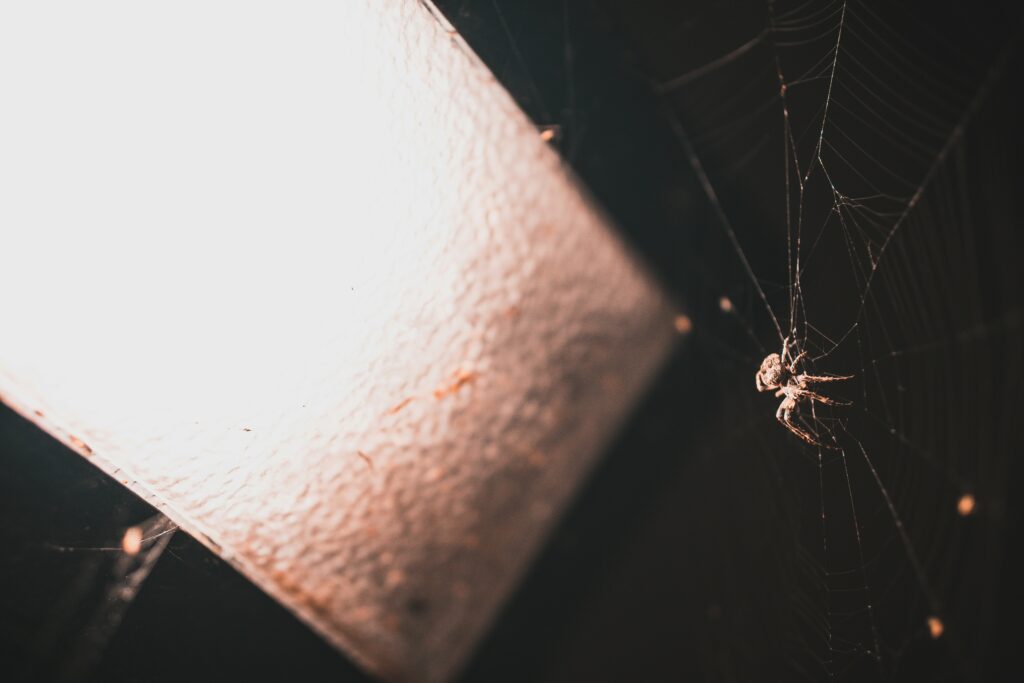
The mesmerizing glow exhibited by these spiders results from fluorescence, a phenomenon distinctly different from bioluminescence found in fireflies or deep-sea creatures. Fluorescence occurs when certain compounds in the spider’s exoskeleton absorb ultraviolet light and then re-emit it at longer, visible wavelengths – typically appearing as blue, green, or yellow to the human eye. These fluorescent compounds are often proteins or pigments embedded in the spider’s cuticle, particularly concentrated in specific body parts like the abdomen or legs. Research suggests that these compounds may include various proteins, pigments, and even specialized structures that have evolved specifically for this purpose. The specific chemistry varies across different spider species, resulting in distinct colors and intensities of fluorescence.
The Jumping Spider’s Fluorescent Display

Jumping spiders from the Salticidae family represent another fascinating group of non-venomous spiders that exhibit striking fluorescence patterns. These tiny hunters, known for their exceptional vision and elaborate courtship displays, show particularly intricate fluorescent patterns that often highlight their facial features and leg segments. Under UV light, certain jumping spider species display brilliant blue patterns across their cephalothorax, creating mask-like markings that stand in stark contrast to their normally subdued appearance. Researchers have noted that the patterns appear most prominently in mature males, suggesting possible connections to mating behaviors and species recognition. The precision of these fluorescent patterns demonstrates nature’s remarkable attention to detail, even at microscopic levels.
Evolutionary Advantages of Spider Fluorescence
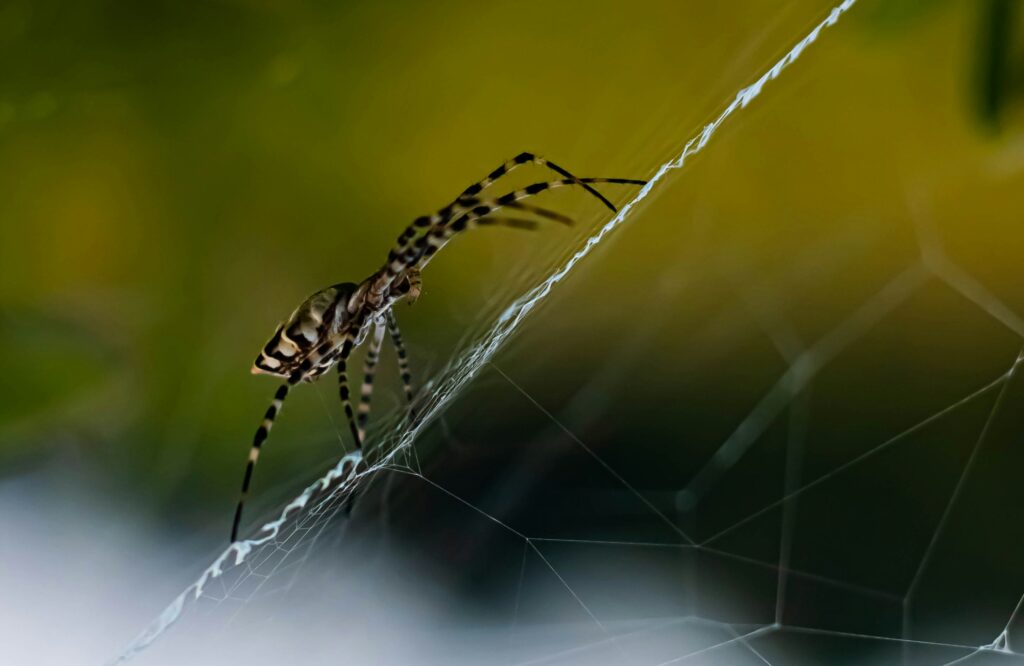
The evolutionary purpose behind spider fluorescence remains a subject of ongoing scientific debate and investigation. Several compelling theories have emerged to explain why these spiders might have developed such an unusual characteristic. One hypothesis suggests that fluorescence may play a role in mate selection, with the glowing patterns serving as species-specific signals that help potential mates recognize compatible partners. Another theory proposes that fluorescence might function as a form of camouflage against certain predators or prey that perceive UV light differently than humans. Some researchers even speculate that the fluorescent compounds might provide protection against harmful UV radiation, essentially serving as a natural sunscreen. The diverse patterns and intensities of fluorescence across different species suggest multiple evolutionary pathways rather than a single universal advantage.
Global Distribution of Fluorescent Spiders
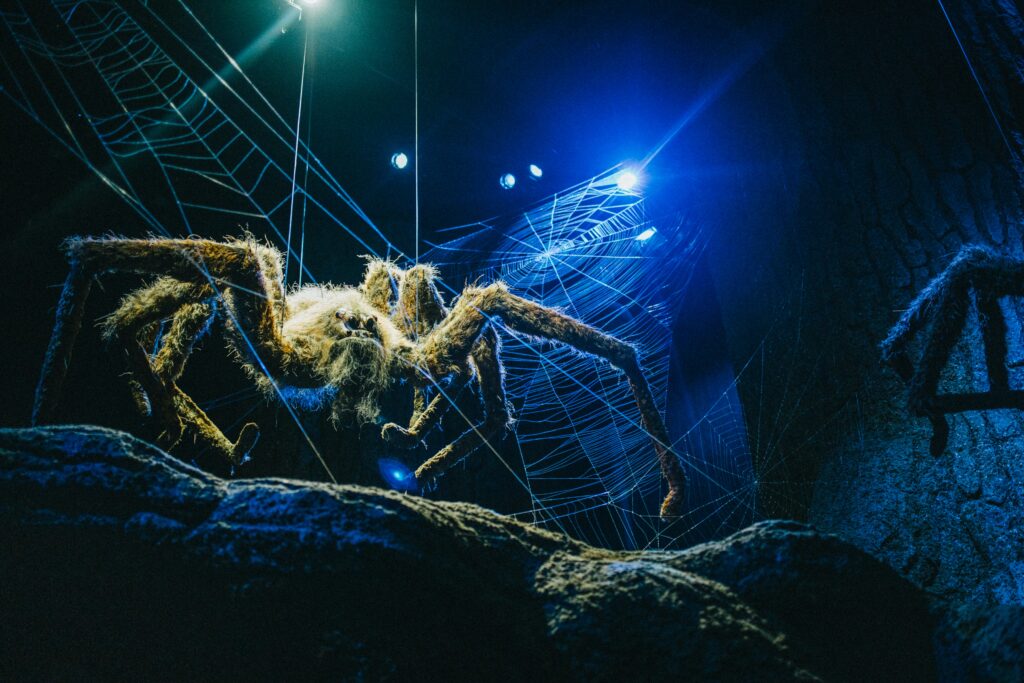
Fluorescent spiders are not limited to any single geographic region but appear to be distributed worldwide across diverse habitats. Researchers have documented glowing arachnids in environments ranging from tropical rainforests to temperate woodlands and even urban settings. Studies in Australia have revealed particularly high concentrations of fluorescent spider species, with over 80% of examined species showing some degree of fluorescence under UV light. North American forests harbor numerous fluorescent jumping spider species, while European researchers have documented the phenomenon in common house spiders. This global distribution suggests that fluorescence has evolved independently multiple times across the spider evolutionary tree, pointing to its potential significance as an adaptation. The ubiquity of this trait across different environments challenges researchers to understand its ecological importance in varied settings.
Detection Methods and Citizen Science
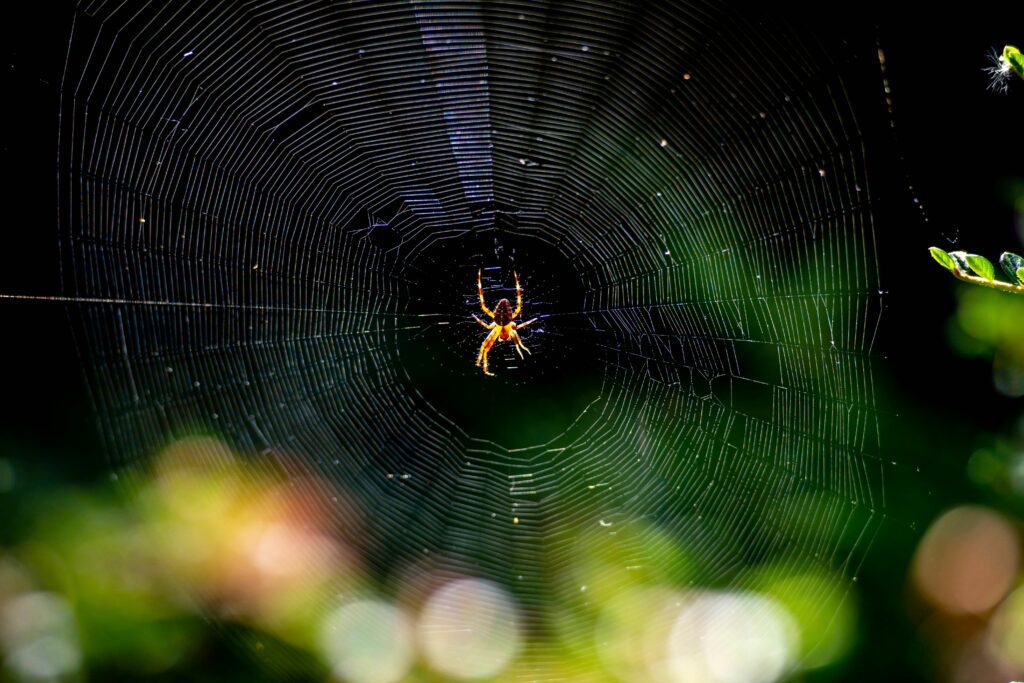
Identifying fluorescent spiders has become increasingly accessible thanks to affordable UV flashlights and growing citizen science initiatives. Amateur naturalists can participate in spider fluorescence research simply by using a blacklight flashlight (typically around 395-400nm wavelength) to examine spiders in their gardens or homes after dark. When conducting such observations, it’s important to use proper eye protection against UV light and to treat all spiders with care, avoiding unnecessary handling. Several citizen science projects now encourage participants to document and photograph fluorescent spiders, contributing valuable data to research databases through mobile applications and websites. These collaborative efforts between professional scientists and curious members of the public have significantly expanded our knowledge of which spider species fluoresce and under what conditions they do so most brilliantly.
Fluorescence vs. Bioluminescence: Understanding the Difference
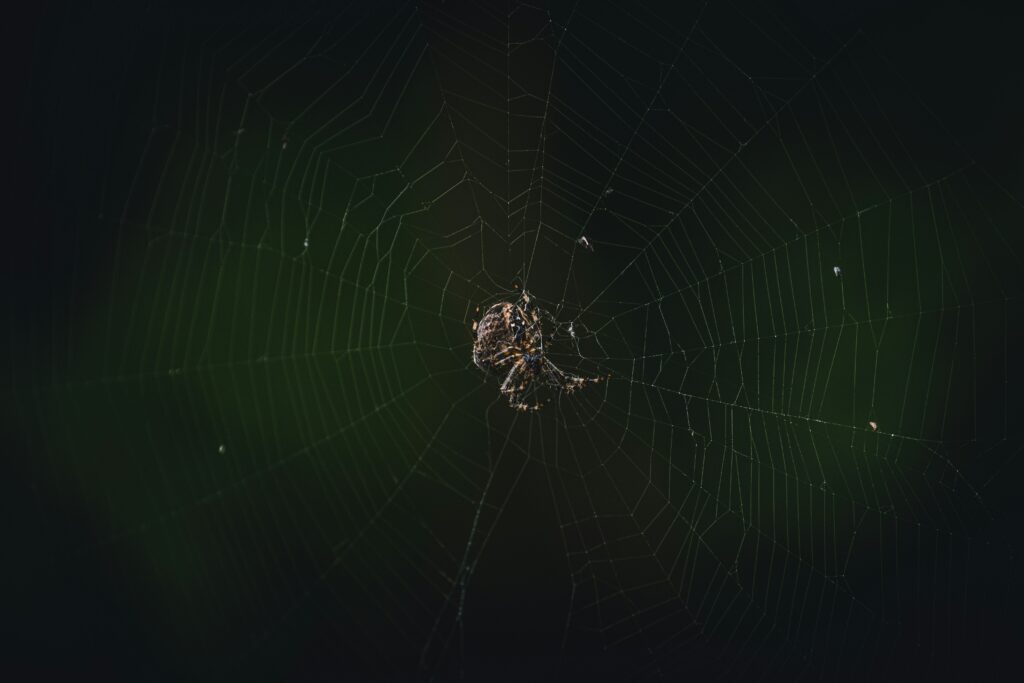
It’s crucial to distinguish between fluorescence, which these spiders exhibit, and bioluminescence, an entirely different biological phenomenon. Fluorescence relies on external energy sources (UV light) that excite molecules in the spider’s body, causing them to emit visible light of longer wavelengths. This process stops immediately when the UV source is removed, meaning fluorescent spiders only glow when actively illuminated by UV light. In contrast, bioluminescence involves internal chemical reactions that produce light without requiring an external light source, as seen in fireflies and certain deep-sea creatures. No known spider species can generate light through bioluminescence, making fluorescence a particularly special adaptation in the arachnid world. This distinction helps researchers properly categorize and study these different light-producing mechanisms in nature.
Applications in Scientific Research
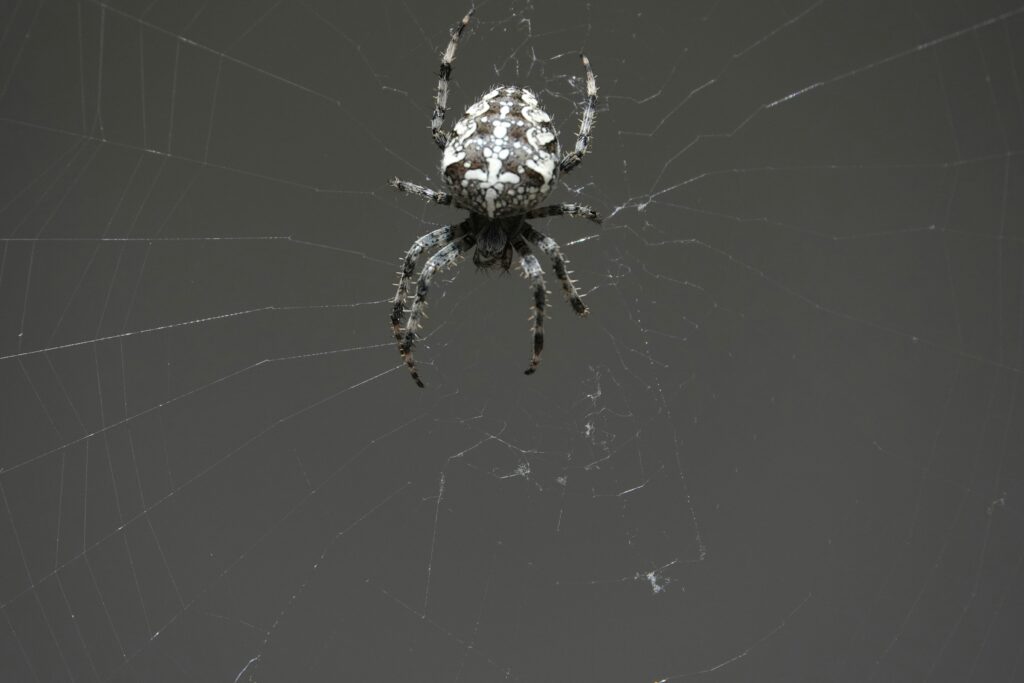
The discovery of fluorescent properties in non-venomous spiders has opened exciting new avenues for scientific research across multiple disciplines. Biologists use this phenomenon to identify and track spider populations in the wild without disturbing their natural behaviors, simply by scanning habitats with UV lights at night. Biomimicry researchers study the fluorescent compounds in spider exoskeletons to develop new materials with similar properties for applications in security marking, medical imaging, and environmental monitoring. Medical researchers have shown interest in these naturally occurring fluorescent proteins as potential alternatives to synthetic fluorescent markers used in diagnostic procedures. Additionally, the study of fluorescent spiders contributes valuable insights to our understanding of arthropod evolution and the development of specialized adaptations in response to environmental pressures.
Spider Fluorescence in Popular Culture
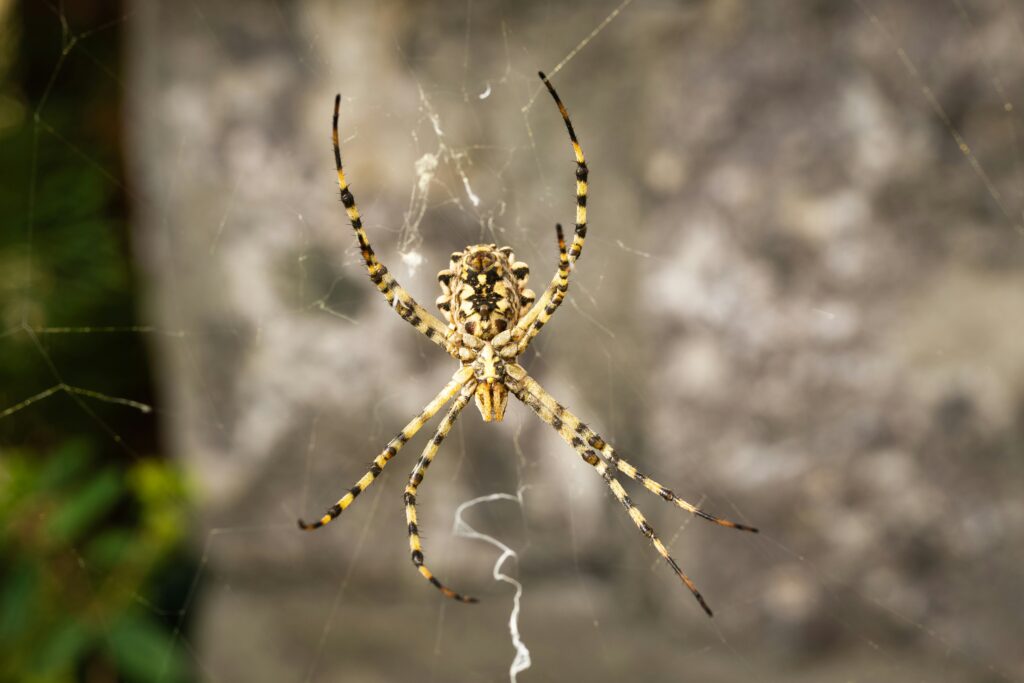
The eerie, beautiful glow of fluorescent spiders has captured the imagination of artists, photographers, and the public, leading to their increasing presence in popular culture. Wildlife photographers have created stunning galleries showcasing these creatures in their fluorescent glory, often winning awards for images that reveal this hidden natural phenomenon. Museums and science centers now frequently include UV displays of fluorescent arthropods in their exhibits, allowing visitors to witness this extraordinary spectacle firsthand. The aesthetic appeal of glowing spiders has inspired designs in fashion, jewelry, and digital art, with creators drawing on the vivid colors and patterns observed under UV light. This cultural interest helps bring positive attention to spiders, creatures that often suffer from negative public perception despite their ecological importance.
Conservation Implications
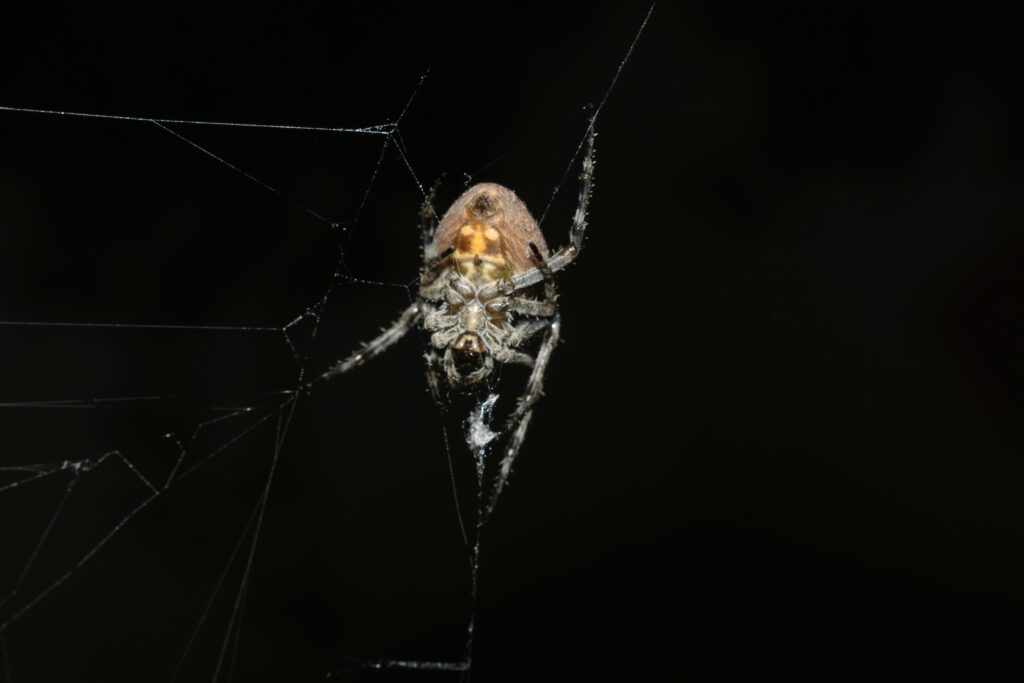
The study of fluorescent spiders holds significant implications for conservation efforts and biodiversity monitoring. The unique fluorescent signatures of different species provide researchers with a non-invasive method to conduct population surveys and habitat assessments without capturing or disturbing the spiders. This approach is particularly valuable for monitoring rare or sensitive species in fragile ecosystems where traditional sampling methods might cause habitat damage. Environmental changes that affect UV light penetration, such as deforestation or light pollution, could potentially impact these spiders’ ability to utilize their fluorescent properties for essential biological functions. Conservation scientists now consider how protecting habitats from excessive artificial light might be necessary for preserving the evolutionary advantages that fluorescence provides these remarkable arachnids.
The Future of Fluorescent Spider Research
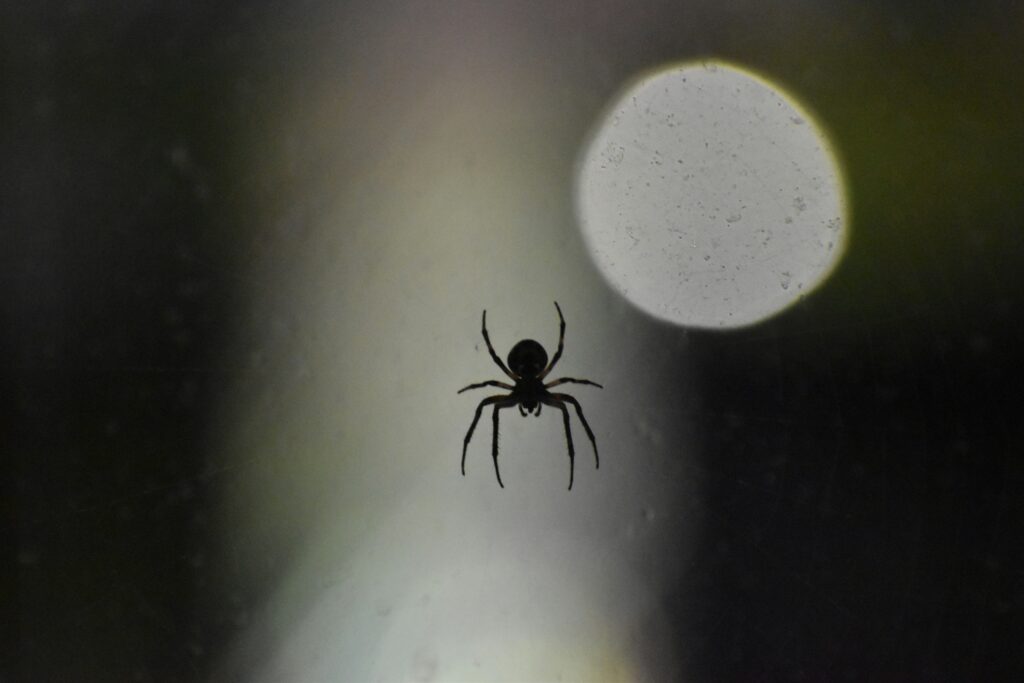
The field of fluorescent spider research continues to evolve rapidly, with new discoveries and applications emerging regularly. Current research frontiers include mapping the genetic basis for fluorescence in different spider lineages to understand how this trait evolved multiple times. Advanced imaging technologies now allow scientists to observe how spiders might perceive each other’s fluorescence, providing insights into potential communication functions. Chemical analysis of the specific compounds responsible for fluorescence may lead to novel applications in materials science, creating bio-inspired materials with unique optical properties. As climate change alters habitats worldwide, researchers are also studying whether fluorescence might provide certain spider species with advantages or disadvantages in changing environments. This multidisciplinary approach ensures that our understanding of these fascinating creatures will continue to deepen in coming years.
Conclusion
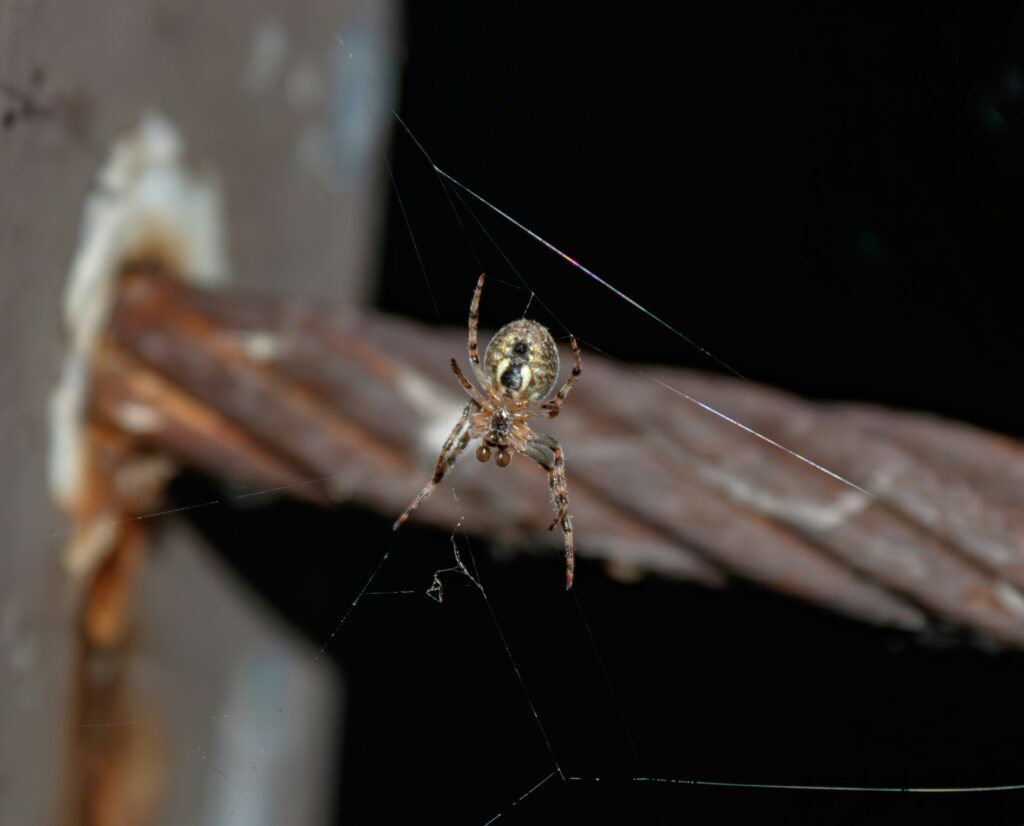
The discovery that numerous non-venomous spiders possess the remarkable ability to fluoresce under ultraviolet light demonstrates how much wonder remains hidden in the natural world, often literally before our eyes but beyond our normal perception. From the common Yellow Sac Spider in our homes to specialized jumping spiders in forests worldwide, these glowing arachnids represent a perfect blend of scientific mystery and natural beauty. As research continues to unravel the evolutionary purposes, chemical mechanisms, and potential applications of spider fluorescence, these creatures offer valuable reminders that even the most ordinary-seeming organisms may harbor extraordinary adaptations. Perhaps most importantly, they invite us to look more closely at the overlooked corners of our world, where nature’s most fascinating innovations often hide in plain sight, waiting only for the right kind of light to reveal their secrets.

